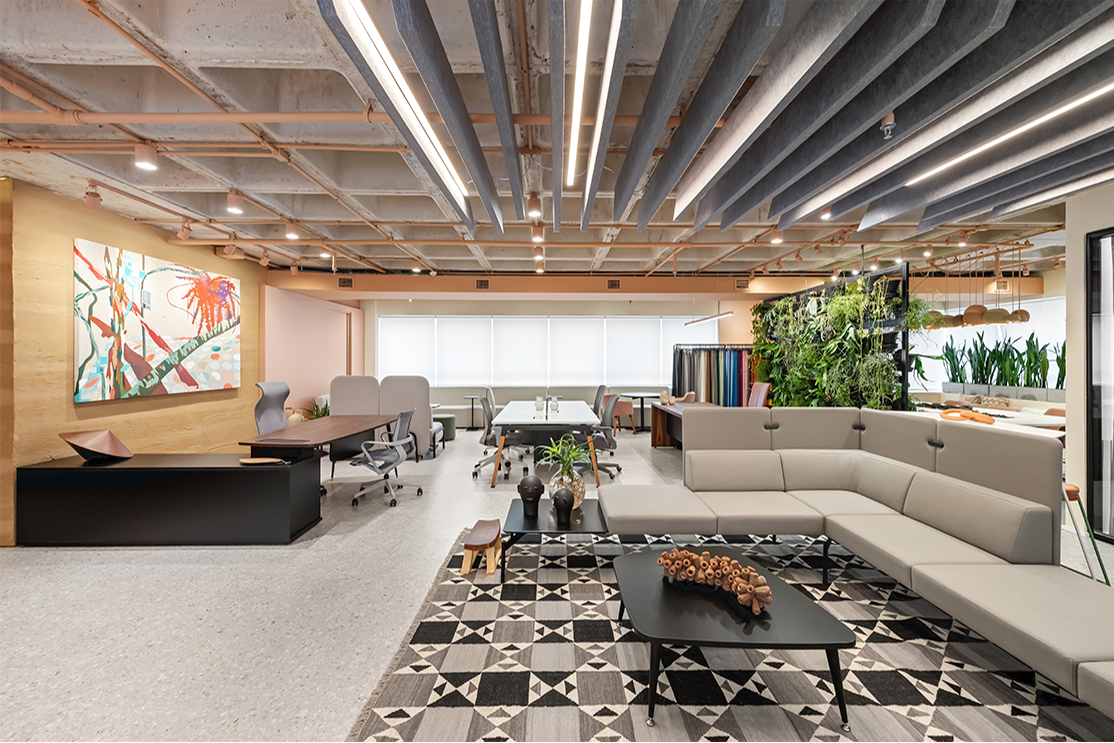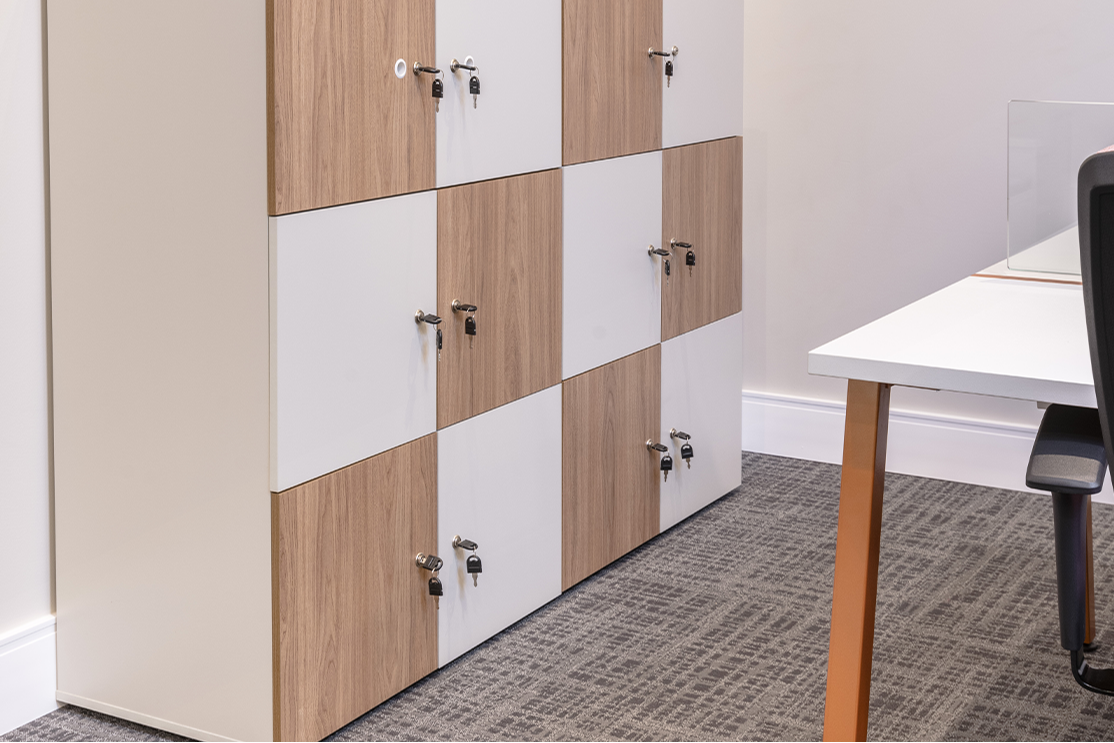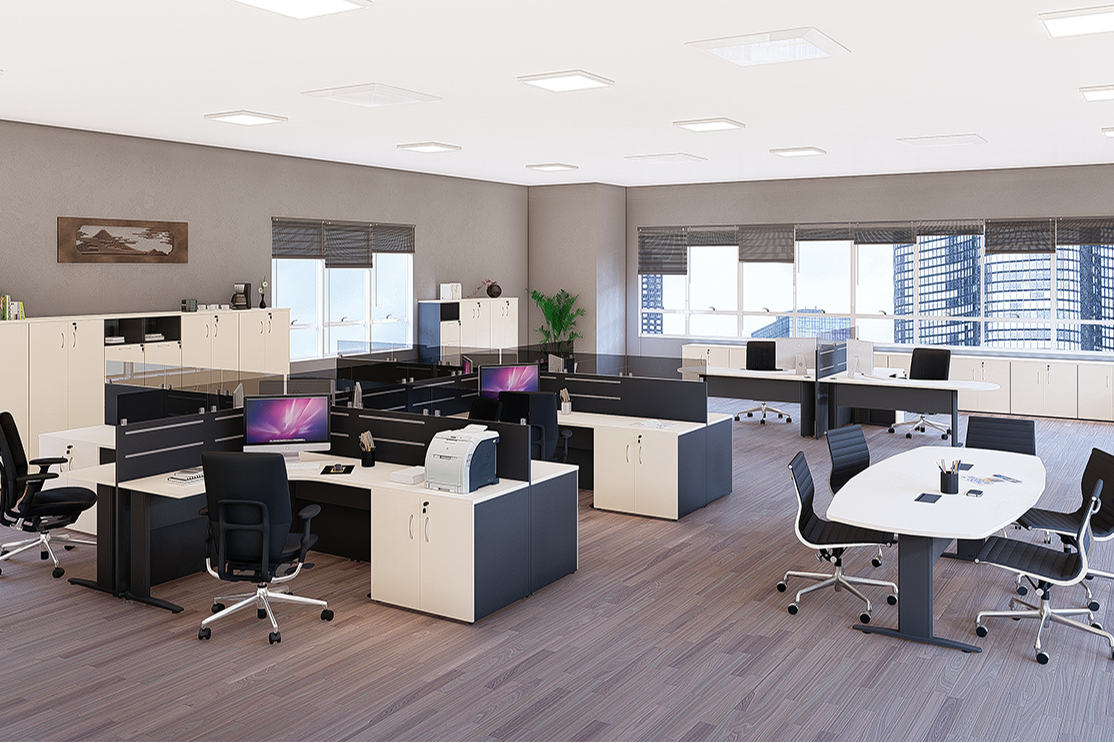Published in: 08/04/2024
Did you know that the way environments are composed and decorated completely influences our brain, especially the sensations we feel inside the places? Well, this study is called neuroarchitecture, and it was developed by the union of neuroscientist Fred Gage and architect John Paul Eberhard. Neuroarchitecture is an approach that transforms the way we perceive and interact with the environment around us. With exponential growth since the early 2000s, this science has gained even more relevance in recent times, especially with the shift to remote work and the social transformations that have occurred since 2020. The growing need for comfort, utility and well-being in residential environments has driven this trend, which is now firmly rooted in both residential and corporate projects. The importance of Neuroarchitecture in work environments When we enter a hospital or a school, for example, we notice that the colors of the walls, the shapes and the spaces are different, and this is not by chance. They have been carefully planned to create a pleasant environment for occupants. This approach is essentially the heart of neuroarchitecture: how the construction of the environment affects our perception and well-being. Neuroarchitecture recognizes that interactions between our brain and the environment are both conscious and unconscious, influencing our behavior and emotions.
But how can this be applied in the workplace?
Check out some tips on how to apply Neuroarchitecture in practice:
Balanced lighting: Lighting plays a crucial role in employee well-being. A balance between natural and artificial lighting is essential. Large windows and skylights should be maximized, while artificial lighting should vary according to the needs of the space, with cooler tones for concentration areas and warmer tones for relaxation spaces.
Biophilic Design: Color psychology plays a fundamental role in stimulating feelings of tranquility and productivity. Green promotes harmony, while blue encourages efficiency and creativity. Integration of natural elements, such as plants and gardens, is also crucial for a healthy work environment. Interaction and privacy spaces: Investing in interaction areas, such as coffee rooms and game rooms, promotes collaboration and teamwork. At the same time, it is essential to ensure privacy spaces for individual concentration, providing each employee with their own dedicated space.
Ergonomic furniture: Furniture also plays a fundamental role in the well-being of the work team. Therefore, it is very important to invest in furniture that meets a high ergonomic standard, thus boosting not only productivity, but also offering health and safety to workers.
At Gebb Work, we incorporate the principles of neuroarchitecture into all of our products.
Visit our website and discover our furniture!



